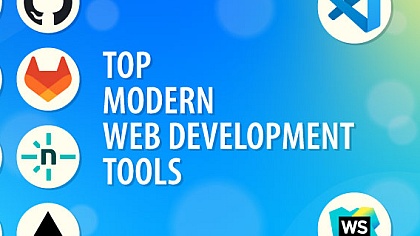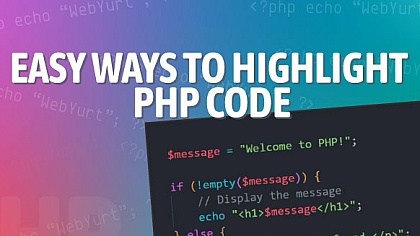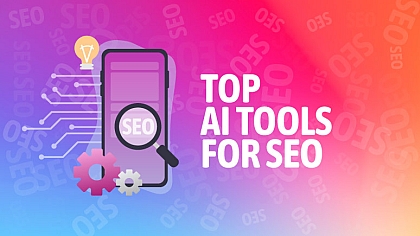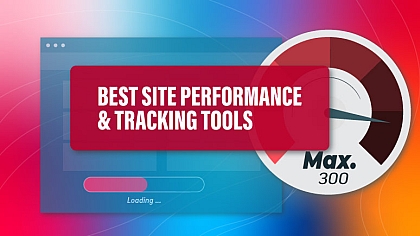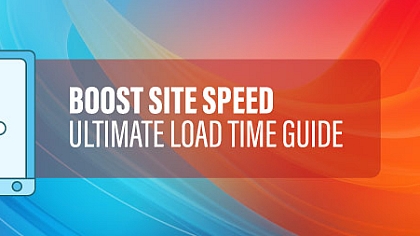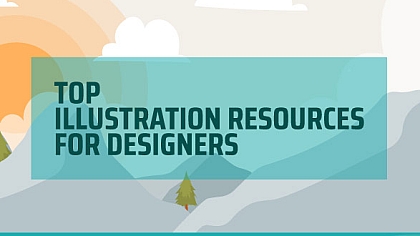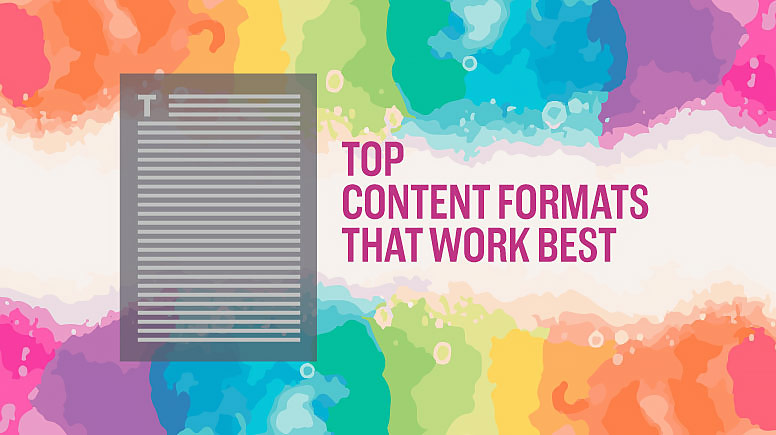
10 Content Formats Readers Love: Tips for Engaging, Actionable & Shareable Posts
Creating content that people love to read, share, and act on is easier than you think. The secret lies in using the right formats that grab attention and keep readers hooked. Whether you’re a blogger, a business owner, or just someone who loves to write, these content formats will help you connect with your audience in a meaningful way.
Key Takeaways
- List posts are easy to read and highly shareable.
- How-to guides provide actionable steps that readers value.
- Storytelling builds emotional connections.
- Visual content like infographics and videos grabs attention quickly.
- Interactive content (quizzes, polls) keeps readers engaged.
- Case studies build trust and credibility.
- FAQs simply answer common questions.
- Checklists help readers take action.
- Personal experiences make the content relatable.
- Trending topics keep your content fresh and relevant.
1. List Posts
List posts are one of the most popular content formats. They’re easy to scan, and readers know exactly what to expect. For example, “10 Tips for Better Sleep” is straightforward and helpful. Lists break information into bite-sized pieces, making them perfect for busy readers.
Why it works:
- Readers can quickly find the information they need.
- Lists are easy to share on social media.
Pro Tip: Keep your lists concise. Use bold headings for each point to make the content skimmable. For example, if you’re writing about productivity, break it down into clear points like “5 Morning Habits to Boost Your Day.”
2. How-To Guides
People love content that solves their problems. How-to guides provide step-by-step instructions on a specific topic. For instance, “How to Bake a Cake in 5 Easy Steps” is both actionable and engaging.
Why it works:
- Readers walk away with practical knowledge they can use immediately.
- It positions you as an expert in your field.
Expert Advice:
- Use simple language and avoid jargon.
- Include visuals like photos or diagrams to make the steps clearer.
- End with a summary or a checklist to reinforce the key points.
3. Storytelling
Stories are powerful. They create emotional connections and make your content memorable. Share a personal experience or a customer success story to make your point. For example, “How I Overcame My Fear of Public Speaking” can inspire and engage readers.
Why it works:
- Stories humanize your content and make it relatable.
- They keep readers hooked from start to finish.
Expert Advice:
- Start with a strong opening to grab attention.
- Focus on a clear beginning, middle, and end.
- Use emotions to connect with your audience.
4. Visual Content
Visuals like infographics, images, and videos grab attention faster than text. A well-designed infographic can explain complex ideas in seconds. Videos, on the other hand, are perfect for tutorials or behind-the-scenes content.
Why it works:
- Visuals are easier to process than text.
- They make your content more shareable on platforms like Instagram and Pinterest.
Pro Tip: Use tools like Canva or Piktochart to create professional-looking visuals without design skills. For example, turn a blog post into an infographic to make it more engaging.
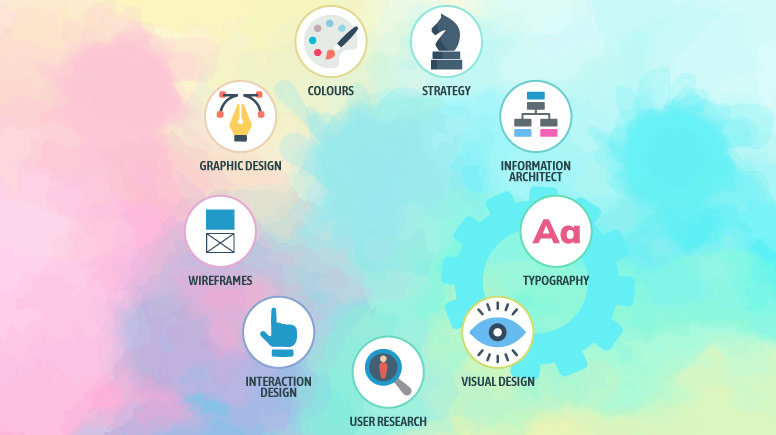
5. Interactive Content
Interactive content like quizzes, polls, and surveys keeps readers engaged. For example, a quiz titled “What’s Your Learning Style?” can be both fun and informative.
Why it works:
- Interactive content encourages participation, making readers feel involved.
- It provides personalized results, which readers love.
Expert Advice:
- Keep the questions short and relevant.
- Use tools like Typeform or Google Forms to create interactive content easily.
6. Case Studies
Case studies show real-life examples of how your product or service solved a problem. They build trust and credibility. For instance, “How Company X Increased Sales by 50%” is compelling and evidence-based.
Why it works:
- It provides proof that your solution works.
- Readers can see the real-world impact of your product or service.
Expert Advice:
- Use data and testimonials to make your case study more convincing.
- Include before-and-after scenarios to highlight the transformation.
7. FAQs
FAQs answer common questions in a simple, easy-to-read format. They’re perfect for addressing reader concerns quickly. For example, “FAQs About Starting a Blog” can help beginners get started.
Why it works:
- It saves readers time by providing quick answers.
- It positions you as a helpful resource.
Pro Tip: Use questions your audience actually asks. This makes your content more relevant. For example, if you run a fitness blog, include questions like “How often should I work out?”
8. Checklists
Checklists are practical and actionable. They help readers organize tasks and stay on track. For example, “Pre-Travel Checklist: 10 Things to Pack” is both useful and shareable.
Why it works:
- Checklists simplify complex tasks, making them less overwhelming.
- They provide a sense of accomplishment as readers check off items.
Expert Advice:
- Keep your checklist short and focused.
- Use bullet points for easy readability.
9. Personal Experiences
Sharing personal experiences makes your content relatable. Readers connect with real stories more than generic advice. For example, “How I Built My First Website” can inspire others to take action.
Why it works:
- It adds a human touch to your content.
- Readers are more likely to trust someone who shares their own journey.
Expert Advice:
- Be honest and authentic. Readers appreciate transparency.
- Focus on the lessons learned rather than just the story itself.
10. Trending Topics
Writing about trending topics keeps your content fresh and relevant. For example, “Top Tech Trends in 2024” can attract readers interested in the latest updates.
Why it works:
- It shows that you’re up-to-date with current events.
- Trending topics often have a built-in audience.
Pro Tip: Use tools like Google Trends to find popular topics in your niche. For example, if you’re in the food industry, write about seasonal recipes or trending diets.
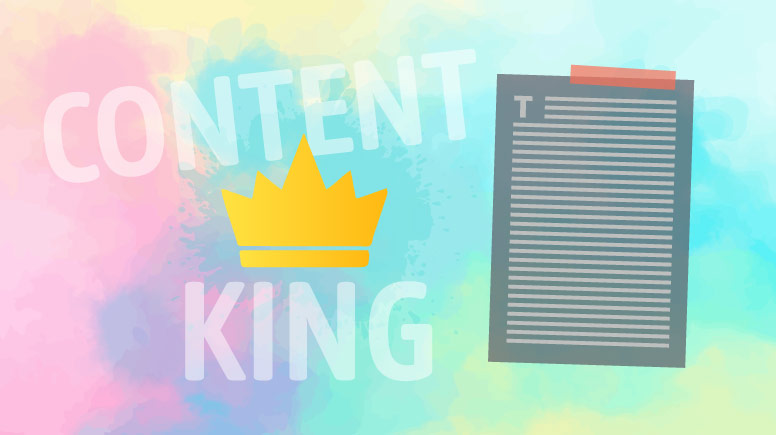
Ready to Create Content Readers Love?
Now that you know the top content formats, it’s time to put them into action. Start by choosing one format that fits your audience and topic. Experiment with different styles to see what works best. Remember, the key to great content is providing value and keeping it simple.
What’s your favourite content format? Share your thoughts in the comments below!
Frequently Asked Questions
1. What makes list posts so popular?
List posts are easy to read and provide quick, actionable information. They’re perfect for readers who want to learn without spending too much time.
2. How can I make my how-to guides more engaging?
Use clear, step-by-step instructions and include visuals like images or videos to make your guide more interactive.
3. Why is storytelling important in content creation?
Stories create emotional connections and make your content more relatable. They help readers remember your message.
4. How do I create interactive content?
Use tools like Typeform for quizzes or Google Forms for surveys. Keep the questions fun and relevant to your audience.
5. What’s the best way to find trending topics?
Use tools like Google Trends or check social media platforms like Twitter and Instagram for popular hashtags and discussions.
6. How long should my content be?
It depends on the format and topic. List posts and FAQs can be shorter (500-800 words), while how-to guides and case studies may need more detail (1,000+ words).
7. Can I mix different content formats in one post?
Absolutely! Combining formats like storytelling with visuals or lists with FAQs can make your content more dynamic and engaging.
8. How often should I post new content?
Consistency is key. Aim for at least once a week, but focus on quality over quantity.
9. What’s the best way to promote my content?
Share it on social media, email newsletters, and relevant online communities. Engage with your audience by responding to comments and questions.
10. How do I know if my content is successful?
Track metrics like page views, time spent on the page, social shares, and comments. Use tools like Google Analytics to monitor performance.




